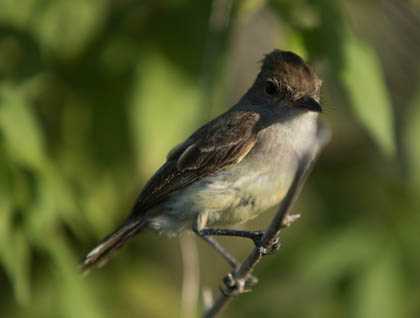Galapagos is an Oceanic Archipelago, made up of more than a hundred different islands, islets and rocks. The flora and the fauna from one island to another is completely different.
Today we had the opportunity to see these some of these differences firsthand. After spending an entire day in the southern region of Santa Cruz Island, which is the home of the Galapagos National park and the Breeding Center, this morning the National Geographic Endeavour dropped anchor on the northern side of Santa Cruz Island.
As soon as we disembarked, all of our guests were struck by how different the north was from the south. It was hard to believe that we were on the same island. This fact is due partly to the altitude differences, and what we can see at sea level is very different from that of the highlands, just a few hundred feet above sea level.
This morning we had something to look for; because, Galapagos is known for its famous Galapagos Dragons, which are best represented by marine and land iguanas.
Marine iguanas are one of the most successful species in Galapagos, and they have been able to colonize coastlines throughout the whole archipelago. Meanwhile, land iguanas are more particular, making their homes in dry areas on specific islands where cactus are present, as this is their main food source during the dry cool season.
It was such an amazing outing, and we were excited to see these dragons out in the wild. Even though these reptiles are very friendly, it was difficult to spot them at times, because their color has developed into the perfect camouflage for this environment.
Our day was very intense, with deep water snorkeling, kayaking and Zodiac riding to make our day unforgettable and interesting.
We closed our day out on the decks of the National Geographic Endeavour as we circumnavigated Daphne Major, which is a tuff parasite cone, with a great scientific relevance in the ecosystem of Galapagos.







